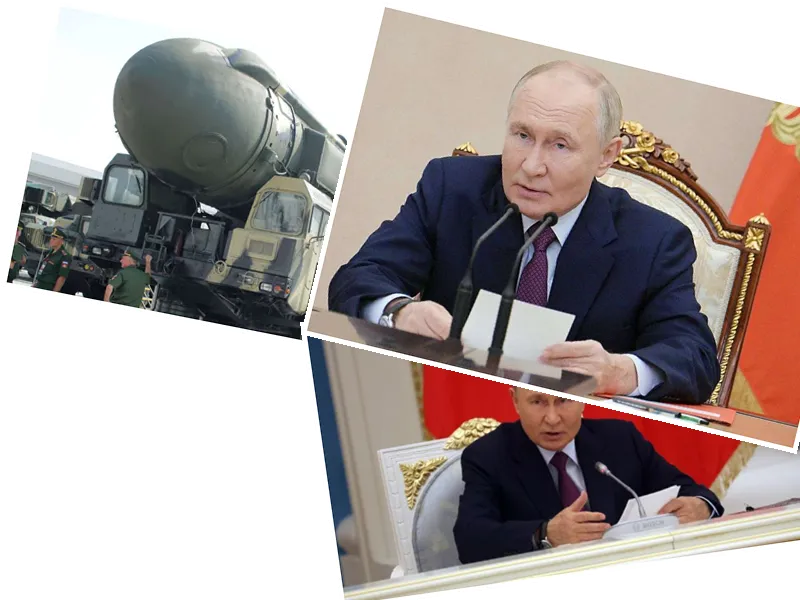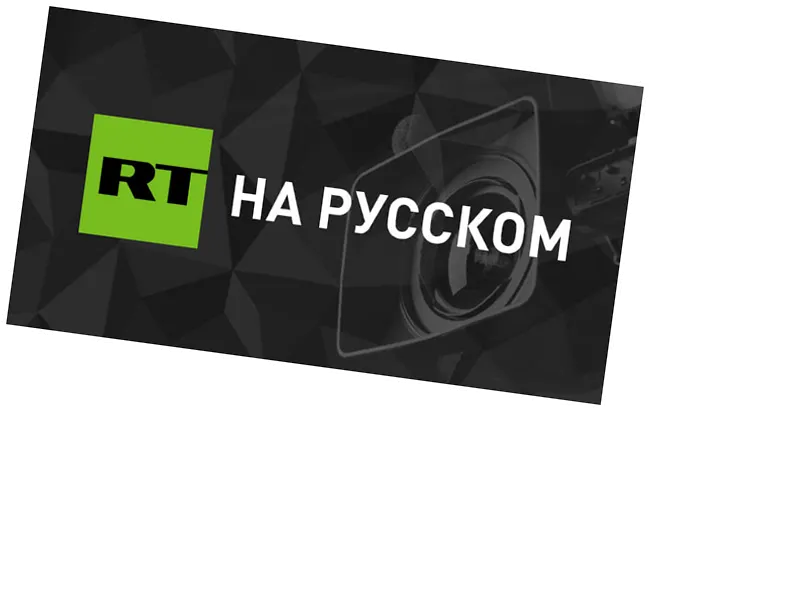Escalation in Ukraine: West's Weapon Support and Russia's Countermeasures
Russian President Vladimir Putin has issued stern warnings regarding the provision of Western weapons to Ukraine for use against Russian territory, emphasizing the serious consequences of such actions. During a visit to Uzbekistan, Putin highlighted the escalating military tensions, suggesting that European countries, especially the smaller ones, need to consider the ramifications of their support for Ukraine.
Putin's message comes amid accusations that NATO is preparing for nuclear strikes against Russia, a claim made by Russian intelligence officials. General Vladimir Kuleshov, head of the Border Guard Department of the Russian Federal Security Service, highlighted NATO's intensified military activities and training exercises along Russia’s borders as cause for concern, suggesting these measures are a prelude to potential nuclear confrontations.
In Brussels, European Union defense ministers convened to discuss further military aid for Ukraine, with Ukrainian Defense Minister Rustam Umarov and NATO Secretary General Jens Stoltenberg in participation. Concurrently, Ukrainian President Volodymyr Zelensky has been on a diplomatic tour to gather more military support from European nations as the conflict with Russia persists.
Zelensky has been vocal about the necessity of pressuring not only Russia but also Western partners, urging them to provide advanced air defense systems capable of intercepting Russia's guided bombs. The Ukrainian leader stresses the importance of enabling Ukraine to strike deeper into Russian territory, a point of contention among NATO countries. Stoltenberg has advocated for the relaxation of current restrictions on Ukraine’s use of Western-supplied arms, amid varying opinions within NATO countries regarding potential escalation risks.
The effectiveness of Western military aid, however, has been challenged by Russia's sophisticated electronic warfare capabilities. Reports indicate that Russian forces have significantly hindered the functionality of advanced weaponry systems like the American Himars and Excalibur artillery by jamming GPS signals. This electronic disruption has diminished the accuracy and effectiveness of these weapons, forcing Ukraine to use more expensive alternatives and leading to a reduction in successful strikes against Russian targets.
Despite these obstacles, the Ukrainian military is looking for solutions, with hopes pinned on the introduction of modern Western fighter jets like the F-16. These jets, according to Ukrainian assessments, could counteract Russia’s defenses more effectively, representing a potential turning point in the conflict. Both the USA and Ukraine are working towards overcoming the current challenges posed by Russian electronic warfare, although advancements are expected to be part of an ongoing arms race.
The geopolitical dynamics of the conflict are further complicated by Russia's cooperation with China, raising concerns among US officials about the sharing of counter-technology expertise. As the war progresses, the interplay of advanced military technology and strategic alliances continues to shape the battlefield.
- NATO Secretary General Jens Stoltenberg highlighted the need to reconsider restrictions on Western weapons used by Ukraine, suggesting that the current limitations have hindered Ukraine's ability to mount effective defenses and counterstrikes.
- Italian Prime Minister Giorgia Meloni and German officials remain cautious about lifting these restrictions due to fears of further escalating the conflict, potentially drawing direct NATO-Russia confrontations.
- British Foreign Secretary David Cameron has expressed a differing view, asserting Ukraine's right to use Western-supplied weapons as it sees fit, including strikes within Russian territory.
- The situation underscores the broader strategic and philosophical divisions within NATO regarding the course of action in Ukraine, reflecting a balance between support and the risk of wider conflict.






